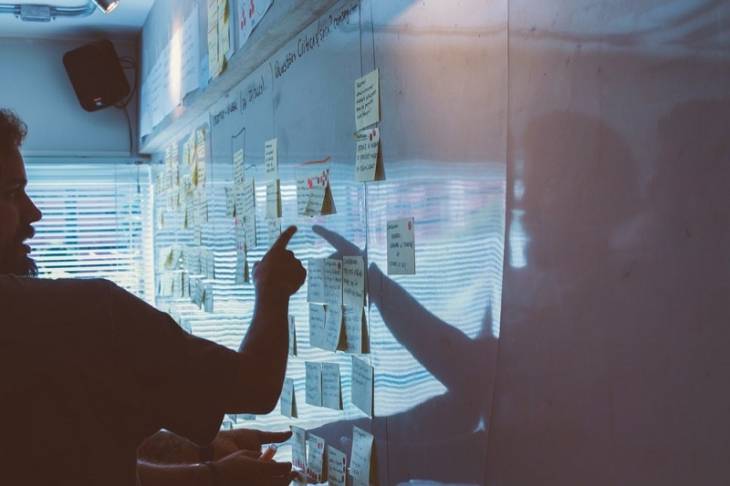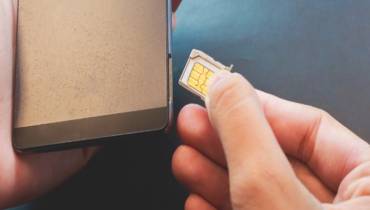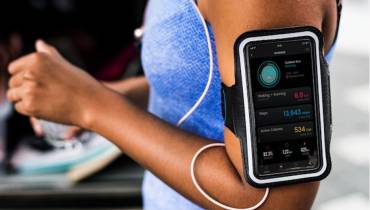How to Create a Product Prototype and Move from Concept to Creation

According to research, 95% of new products fail in the first year of development. It is essential to know how to create a prototype in order to succeed in this highly competitive world.
One of the most common mistakes is having a great idea and pushing it out into the market too early without knowing how to create a prototype correctly.
If you have a brilliant idea that excites you to the core, you need to have a well-constructed plan in order to execute it properly and market it to the right customers.
So, the big question is how do you create a prototype for a product so you can launch it properly and reap the success of your million-dollar idea?
Well, let’s dive into what a prototype is and learn how to create it the right way to avoid costly mistakes when launching products to the world.
What Is a Prototype?
Have you ever come up with a really cool idea or invention in your head, and wondered what would happen if it made it out into the market?
You can see in your mind how each of the pieces work, and how it all comes together to help ease a common problem in the world. The only problem with this is that you cannot sell this idea to manufacturers with just your thoughts and words, you need to have a physical representation of your product.
This physical representation is called a prototype.
A prototype is like a model or idea for a new invention or product, which is developed in multiple steps from a rough draft into the final model which is usually made on the 3-D computer.
By making your idea come to life, you now have the ability to prove how it will solve problems and help make other people's lives easier.
Different Prototypes
There are many different steps to creating prototypes, and depending on what your invention is, will determine which level of prototype you need to create.
i. Visual Prototype
This step is the bread and butter of prototyping, it is basically the outline or shape of your vision in physical form. This does not get into the details of functionality just yet, but merely concludes the size and shape of your idea.
ii. "Proof of Concept" Prototype
The next step is to display how the visual prototype will help solve people's problems and be a great product to sell on the market. This is a general basis of the functionality of your product and how it will work together as a whole.
This does not need to be a perfect example, you can use any materials that get the general point across so that the investors or manufacturers see the whole picture.
iii. Presentation Prototype
Once the previous steps have been created, this step is where the prototype begins to get serious, the presentation prototype is exactly how the name suggests, it must be presentation ready.
This means that you would have worked out all the kinks, and used the best materials to have a beautiful presentation ready for all the prospective buyers.
iv. Pre-Production Prototype
This is where you need to perform research on the best materials to use for the mass-production of your product. You will need to take into consideration the cost, resources, and accessibility of these materials to make sure you will not run into any problems creating this product on a bigger scale.

Three Steps to Create the Best Prototype for Your Product
Let's say that you have a perfect idea, but you do not have the engineering mindset to create the prototype. You do not need to have all the skills in creating the prototype in order to succeed here, as there are many resources available to you.
1. Go to a Local University
If you have no idea how to make your idea come to life, go to your local university and speak with the engineering department. This will not only help you create the framework and functionality of your prototype, but it will also help the students with their creative projects for school. This is a win-win for everyone.
They will know all the best materials to use to create the best prototype, check out industrialpolymers to learn more about the various materials that could be used.
2. Do Some Market Research
Before you create the prototype, you need to perform some market research to make sure your product has potential in the marketplace first. Create some surveys online using a program like SurveyMonkey.com and send it to your prospective clients.
3. Make Sure It Is Not Patented Already
Just because you do not see this product already on the market, does not mean that someone else isn't already in the process of creating a prototype for it as well. You need to do a check and make sure that this idea or invention is not currently in the works already.
If it is, no need to worry! All you have to do is tweak your idea a bit so that your invention is a bit different, and who knows, maybe your tweaked version ends up being a better seller when they both make it to the market!
Conclusion
Congratulations on taking action towards making your idea come to life! By following these simple steps, you are in the process of knowing how to create a prototype that works!
There is nothing better than a little inspiration to keep you in your creative zone, check out our article on ways that resourceful people turn failure into a great success!






![3 Questions to Ask Before Accepting a Remote Job Offer [node:title]](/sites/default/files/styles/front_featured__front_/public/Woman%20Doing%20Remote%20Work.jpeg?itok=FbR2LVTq)
![The Most Common Mistakes People Make In Virtual Job Interviews and How to Avoid Them [node:title]](/sites/default/files/styles/front_featured__front_/public/virtual%20interview_0.jpeg?itok=IS0Q7Rr-)


![6 Holiday Incentives to Motivate Your Team During Year-End Meetings [node:title]](/sites/default/files/styles/front_featured__front_/public/people-holiday-decorations.jpeg?itok=Hi6VA2c2)



![[node:title]](/sites/default/files/styles/sidebar_wide_rectangle/public/man-florida-house-sold-sign-raltors-license.jpeg?itok=iMvTKDEJ)





















